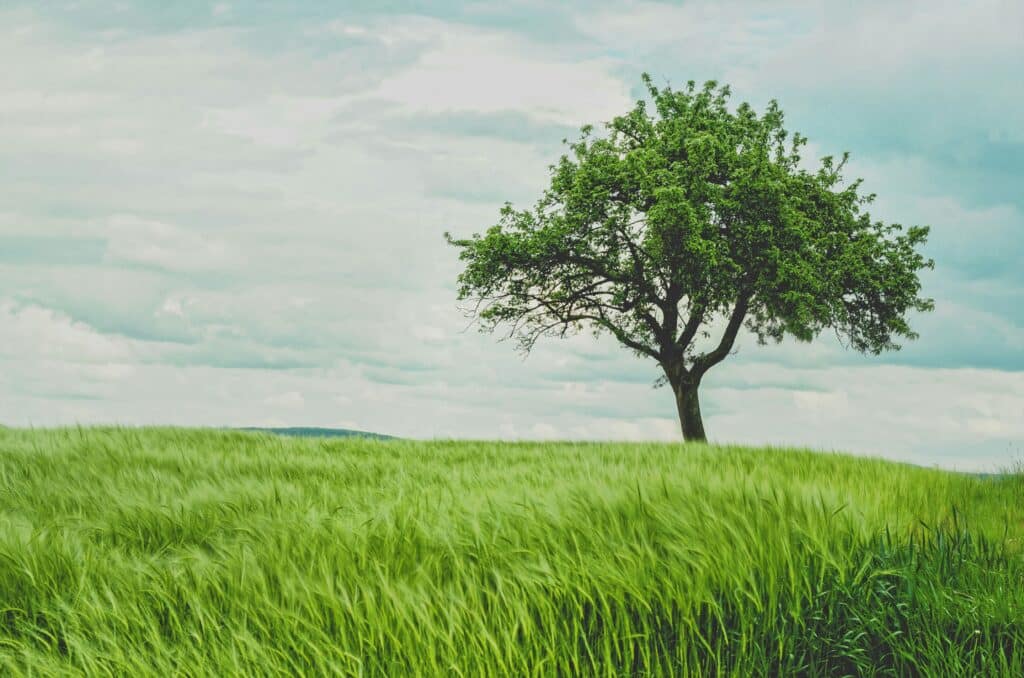Evaluating Standing Timber
Evaluating standing timber is a crucial step in the timber selling process. To ensure a fair price and maximize value, it is essential to understand the importance of professional assessment and the factors that influence stumpage prices.
Importance of Professional Assessment
Before selling standing timber, it is advisable to hire a professional forester or consultant. Professional tree grading companies provide independent volume and value estimates for timber on private lands. These experts ensure that the timber owner receives a fair price. An assessment performed by a professional involves:
- Estimating the volume of timber.
- Determining the species composition.
- Assessing the quality and health of the trees.
- Considering market conditions and logging accessibility.
| Assessment Involves | Description |
|---|---|
| Volume Estimation | Measure the quantity of timber |
| Species Composition | Identify and value different species |
| Tree Quality | Evaluate health and suitability for products |
| Market & Logging | Analyze market conditions and logging accessibility |
For information on residential excavation services, you can explore our guide.
Factors Influencing Stumpage Prices
Stumpage prices refer to the value of standing trees before they are harvested. Several factors influence these prices, and understanding them can help in obtaining the best possible price for the timber (Penn State Extension).
Markets for Forest Products
The demand for different types of wood significantly impacts stumpage prices. Hardwood species, such as Black Walnut and White Oak, tend to fetch higher prices due to their density and desirability in the market.
| Species | Value (High/Medium/Low) |
|---|---|
| Black Walnut | High |
| White Oak | High |
| Hard Maple | Medium |
| Hickory | Medium |
| Tulip Poplar | Medium |
Logging Conditions
The ease or difficulty of logging operations can also affect stumpage prices. Factors such as terrain, weather conditions, and proximity to roads play a role in determining logging costs. Challenging logging conditions may reduce the overall value of the timber.
Distance to Mills
The distance between the standing timber and the nearest mills can influence transportation costs. Greater distances generally lead to higher transportation expenses, which can lower the stumpage value.
Other Costs
Additional costs such as permits, taxes, and environmental regulations may also impact stumpage prices. It is essential to factor in these costs when evaluating the value of the timber.
For more details about grading and excavating services, visit our informative section.
By understanding the importance of professional assessments and the various factors that influence stumpage prices, Chattanooga homeowners can make informed decisions when working with professional tree grading companies. For further insights, consider reading our articles on tree stump removal excavation and finding land grading contractors near me.
Professional Tree Grading Services
Impact of Species Composition
The species composition of a timber stand significantly affects its overall value. The mixture of tree species present in a particular location is crucial in determining the timber’s market value. In regions such as Ohio, Indiana, and Northern Appalachian areas, Black Walnut is consistently recognized as the highest-value timber, followed by White Oak. Other valuable species include Hard Maple, Hickory, Tulip Poplar, and regional hardwoods. The geographic location plays a significant role in the variety and value of the tree species. Generally, hardwoods are valued higher than softwoods, due to their density and durability.
| Species | Typical Value per Board Foot (USD) |
|---|---|
| Black Walnut | $6 – $10 |
| White Oak | $4 – $5.67 |
| Hard Maple | $3 – $4.50 |
| Hickory | $2.50 – $3.50 |
| Tulip Poplar | $1.50 – $2.75 |
For more tailored advice on estimated values based on species composition, consulting professional grading companies can be beneficial. Their expertise ensures a comprehensive evaluation, reflecting accurate market trends.
Assessing Tree Grade and Value
Assessing the grade and value of trees stands as a complex process requiring experienced inspection and knowledge. Factors such as the number and size of lower limbs significantly determine the grade of the tree. Trees with fewer lower limbs and straight trunks usually represent higher grade, producing lumber suited for high-value purposes like furniture making. Conversely, trees with more lower limbs and less straight trunks may be categorized as lower grade, often used for products like railroad ties.
Professional tree grading companies play an essential role in this meticulous process. They utilize established guidelines to accurately determine the timber’s grade and quality, subsequently impacting its market worth. The valuation process typically involves:
- Measuring the volume of the timber stand.
- Evaluating the quality and grade of individual trees.
- Applying current market prices for various grades of timber.
For example, a standing timber stand with 10,000 board feet of mature White Oak could be valued from approximately $4,250 to $5,670, depending on specific grade quality.
| Tree Grade | Estimated Value per Board Foot (USD) |
|---|---|
| High Grade | $5.67 |
| Medium Grade | $5 |
| Low Grade | $4.25 |
By liaising with expert tree grading companies, such as those specializing in grading and excavating services, landowners can ensure a precise assessment and fair valuation of their timber. These professionals provide transparent and hassle-free consultations, addressing every aspect from the forest’s health to logging considerations.
For Chattanooga homeowners looking for reliable services, local land grading contractors offer expertise tailored to regional specifics, ensuring optimal outcomes for their timber assessments and related requirements.


